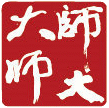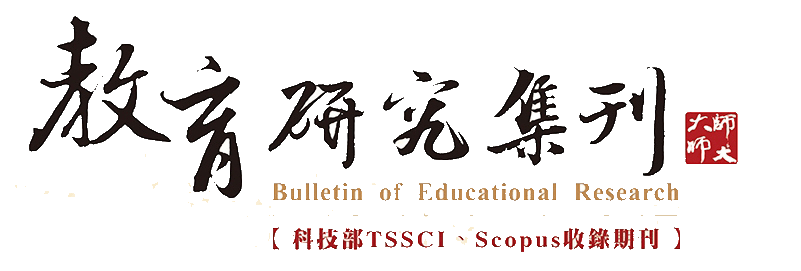| 篇名 |
高中學生次級文化及其在我國教育上的意義
更多文章
|
|---|---|
| 並列篇名 | High School Student's Subculture and Its Meaning In Chinese Education |
| 作者 | 蔡典謨 |
| 中文摘要 | 青年係兒童至成人的過渡階段,由依賴父母而臻成熟,身心變化迅速。在教育歷程中,其知能基礎的建立,興趣、態度、理想、品德的培養,及價值觀與人生觀之形成,多在此時期進行(註一)。青年教育的成敗,將影響青年本身的成京與幸福,其成就與人生態度,對社會進步及風氣良窳亦莫不有其影響。近代由於教育普及,受教育青年日益增加,學生知識來源及領域亦有增無已。加以社會變遷迅速,青年對傳統常感不滿,不再以被動的學習為已足,而欲關心社會、改革社會,於是蔚為學生運動;中國的五四運動,西方的學潮,都對社會產生很大的影響。 |
| 英文摘要 | Based on the theory of student's subculture, this thesis, aimed at Finding facts in Chinese high school student's subculture. The main purpose of this study were:(1)to analyze contributing factors of high school student's subculture and their implications on education. (2)to study how to change the student's subculture into the desired direction.(3)to understand the characteristics of Chinese high school student's subculture.(4)to suggest main lines of guiding high school student's subculture for high school teachers. In an attempt to accomplish these purposes, this study used the methods of document analysis and questionnaire survey. The survey sampled from 626 male students and 650 female students from high schools located in Taiwan province and Taipei city. The findings of this study were as follows: 1. The formulation of high school student's subculture was affected by family, school and society. 2. Student's peer group had educating functions. They were:to accelerate cultural diffusion, to promote social mobility, to offer new social roles, and to be a reference group for students. 3. High school student's subculture had the status system and value climate, both of them affected the orientation of student's behavior. |
| 起訖頁 | 603-612 |
| 刊名 | 教育研究集刊 |
| 期數 | 197806 (20:1期) |
| 出版單位 | 國立臺灣師範大學教育學系 |
| 該期刊-上一篇 | 影響我國大學入學機會之主要家庭差別因素 |
| 該期刊-下一篇 | 我國大學生次級文化之調查分析 |








